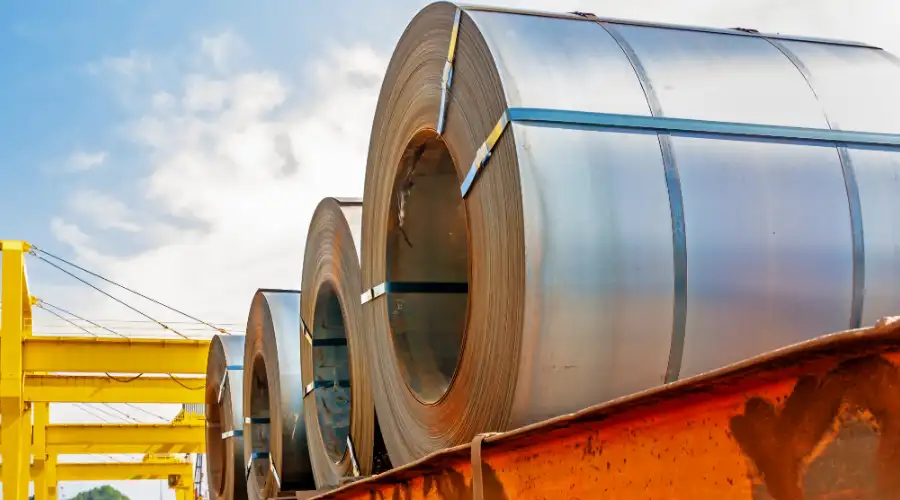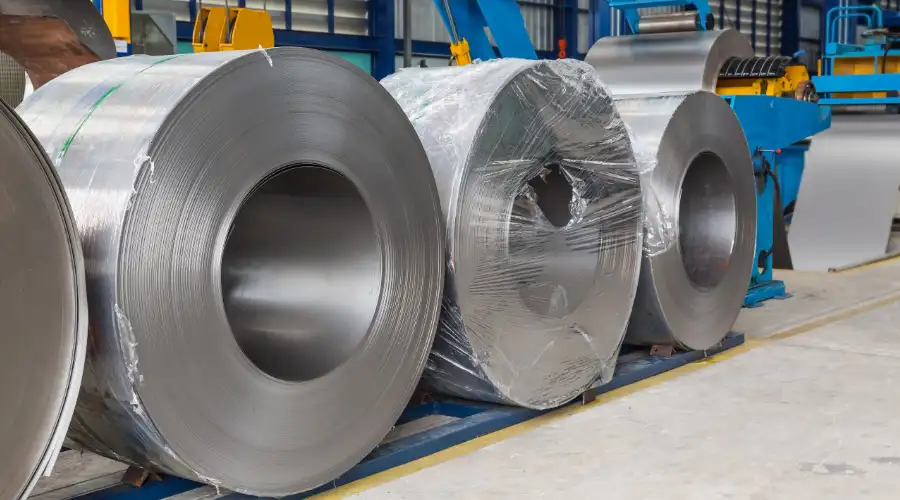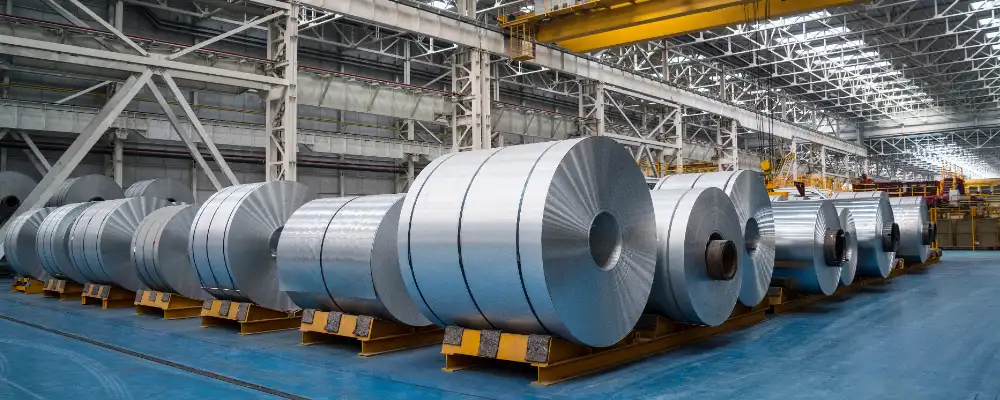If you are supposed to construct a new building or home, understanding the mechanical properties of steel ensures overall safety and durability. Over the decades, people have believed that steel is the most robust and versatile material compared to others. But do you know exactly what properties make the steel so strong and durable? Its yield strength is a crucial parameter that makes it eligible for use in manufacturing, engineering, and construction. The higher the yield strength, the more stress it can withstand. Beyond this point, you have a lot to explore in the concept of yield strength.
Being aware of these aspects can help you to figure out the quality of materials while engaging in the construction.
Overview of Yield Strength of Steel
Determining the yield strength of steel is crucial for understanding the maximum stress the material can withstand before undergoing permanent deformation. It ensures that the selected steel grade performs reliably under expected load conditions without compromising structural integrity. Once steel is subjected to stress beyond its yield point, it loses the ability to return to its original shape after the load is removed. Whether it’s a simple beam or a complex structural system, accurately identifying the material’s yield strength is crucial to ensuring the design can withstand applied forces safely and efficiently.
Importance of Yield Strength in Material Selection

Choosing the material with appropriate yield strength is essential to improve the strength and durability.
To Avoid Structural Failure: When you are involved in constructions like bridges or heavy buildings, material selection is paramount to balance the anticipated loads without permanent deformation.
Safety: As you know, yield strength is a crucial factor to consider when buying steel for construction. It not only ensures the balance of the load limits but also provides improved safety to the structures.
Performance: The material selection differs depending on the area of usage. However, it is important to ensure that the metal maintains its original shape even under heavy stress and force.
Yield Strength of Different Steel Types
The yield strength of every type of steel is different; it can typically range from 200 MPa to 2000 MPa and more. Generally, it is influenced by certain significant factors such as alloying elements, heat treatments, and carbon content.
Yield Strength of Stainless Steel
Stainless steel is primarily recognized for its exceptional strength and corrosion resistance properties. Based on the type of steel and its composition, the yield strength can vary from one to another.
Stainless Steels 304 and 316: They are austenitic stainless steel, which has excellent corrosion properties but has a medium yield range of around 200 to 300 MPa.
Stainless Steel 410: It is a martensitic stainless steel that contains a yield strength of 400 to 600 MPa. The metals in this range prioritize hardness and strength, containing lower corrosion-resistant properties compared to austenitic steels.
Duplex Stainless Steels: It is a combination of martensitic and austenitic stainless steel, possessing higher corrosion resistance and yield strength of 500 to 700 MPa.
Yield Strength of Carbon Steel
The yield strength of various carbon steels has been discussed below:
Very High Carbon Steel
The higher carbon content generally possesses higher strength and hardness. The yield strength of very high carbon steel lies between 700 and 960 MPa. Depending on the alloying conditions and specific heat treatment, the accurate value differs every time. This metal can be identified in some specific applications, including springs, high-strength cables, and knives.
High-Carbon Steel
The yield strength of high carbon steel falls between 600 and 700 MPa (87000 and 102000 psi). The value fluctuates due to specific alloying elements like silicon or manganese and the manufacturing process. This steel is used in specialized applications like high-strength wire, springs, and tools.
Medium Carbon Steel
Medium carbon steel often has a yield strength of around 350 to 450 MPa (50,000 to 65,000 psi). This range may be influenced due to the heat treatment applied while manufacturing the steel. Compared to other steel types, it contains balanced hardness, strength, and toughness that make it an ideal choice for automotive parts, machine components, and structural applications.
Low Carbon Steel (Mild Steel)
Mild steel, also known as low carbon steel, is commonly used in various industries due to its affordability, ease of shaping, and simplicity in welding. While it offers good workability, its yield strength is relatively low, typically ranging from 200 to 300 MPa (30,000 to 45,000 psi). Mild steel is often used in non-load-bearing parts of buildings, automotive body repairs, ductwork, and piping systems. It’s also widely used in general fabrication work such as making frames, brackets, and supports, where moderate strength and reliable weldability are sufficient for performance.
Maximum Yield Strength of Steel

No steel type has a specific higher yield strength. Herewith, a few alloy steels are listed that contain maximum values. Let’s look closer at them:
| Steel Type | Yield Strength | Applications |
| Ultra-High Strength Steel | It has a yield strength of above 2000 MPa. | Often used in defence and automotive applications. |
| Maraging Steel | This steel has an excessive yield strength of above 2000 MPa. | Used in specific applications like tooling and aerospace components. |
| Tool Steel | The yield strength of tool steel varies based on the type and treatment; however, its range exists between 500 to 2000 MPa. | Often found in applications like forming, stamping, cutting, shearing and other materials. |
Factors Influencing Yield Strength
Any metal has no fixed yield strength, which can greatly vary due to some critical factors. They are:
Heat Treatment: Heat treatment during the manufacturing process directly influences the yield strength. Processes like annealing or quenching can modify the mechanical properties of steel and affect its strength significantly.
Chemical Composition: Chemical composition, like the proportion of carbon and various elements, can also be a reason for increased and decreased yield strength. Generally, the material with higher carbon content possesses higher strength and yield strength.
Manufacturing Process: During manufacturing, the fabrication and finishing methods will take place which involve cold or hot rolling. It can directly impact the strength and yield strength of steel at the end.
Temperature Range: After completion, steel is exposed to higher temperatures to attain its maximum strength, which may cause some significant changes in its yield strength and molecular structure.
On the Whole
The yield strength of steel is a crucial factor to consider before incorporating it into a structure. With such, you can determine the actual strength and durability of the material. It also helps designers and engineers choose the appropriate steel type to align with their design specifications and performance requirements.Meta Description: Looking to understand the yield strength of steel and why it is important to evaluate it? Here is an article to read that includes a detailed answer for all your queries.

